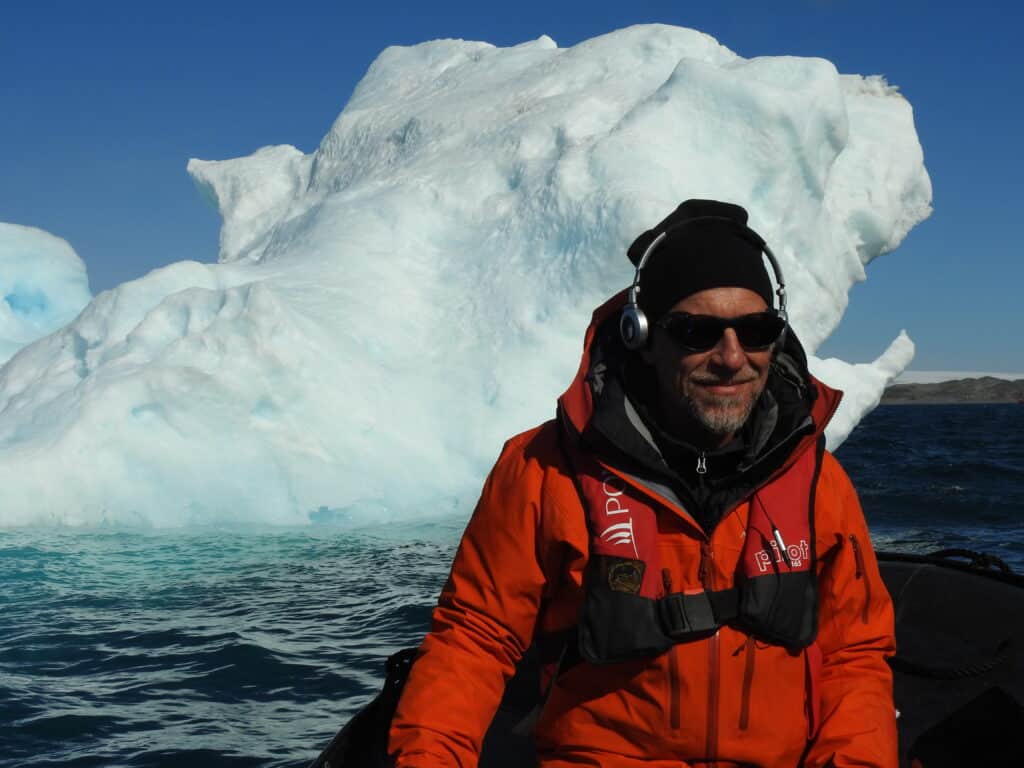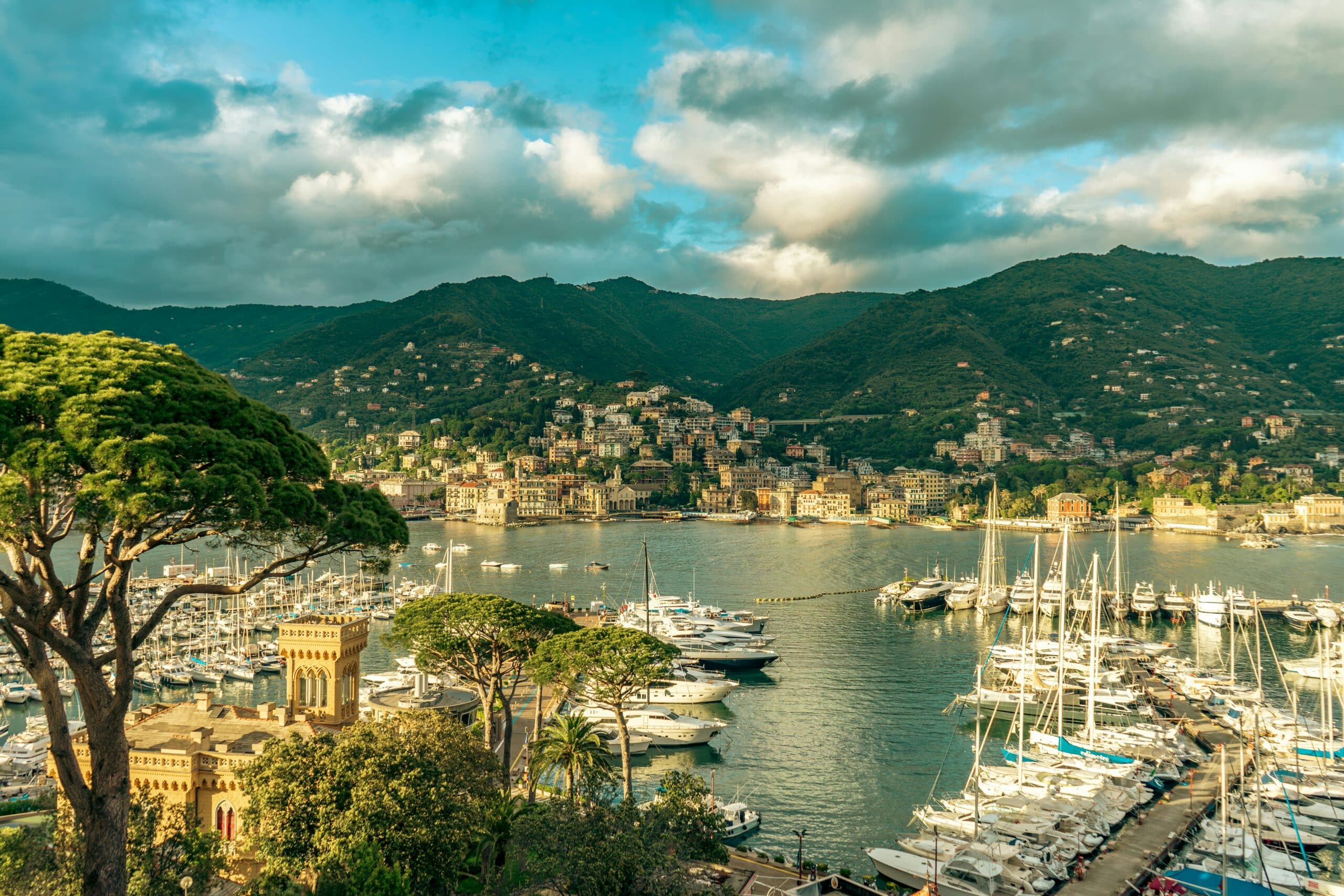The Ocean is often romanticised as a vast and silent world. Yet, when we listen to the Ocean, we hear a vibrant world of over 20,000 sounds. A world so complex, so alien, that it is almost like we have landed on another planet. Unlike light, which fades quickly underwater, sound travels vast distances, making it a critical tool for communication and survival for marine species.
This soundscape we have barely begun to understand is now filled with artificial noises that disrupt the lives of marine creatures.
Shipping, construction, and seismic surveys introduce artificial noise that threatens marine ecosystems. Recreational yachting is no exception. As superyachts explore increasingly remote waters, the sector must consider what impact it has in terms of noise pollution.
We recently interviewed Michel André, a leading expert in marine bioacoustics, to find out more about how noise impacts oceanlife. As a professor at the Technical University of Catalonia and founder of the Laboratory of Applied Bioacoustics, he has dedicated his career to studying the impact of noise pollution on marine life and developing technologies to monitor and mitigate these effects. His work has been recognised through awards such as the Rolex Awards for Enterprise.
What is currently understood about noise pollution and human impact on the soundscape of oceans?
The scientific as well as the public’s interest in the impact of human-generated ocean noise on marine animals has greatly increased. Concerns include whether human-generated sounds affect the ability of marine animals to pursue their normal activities, and the long-term ability of these animals to survive, reproduce, and maintain healthy populations. Disruptions can lead to long-term hearing damage, chronic stress, loss of habitat, and overall population decline, threatening the delicate balance of ocean ecosystems.
Sources of human-generated noise pollution include commercial shipping, offshore oil and wind farm construction, sonar use, seismic surveys, and even airborne noise from supersonic aircraft. These sounds vary in frequency, duration, and intensity, and each affect marine species differently. Low-frequency noise from shipping can mask essential whale and fish communication, while seismic airguns used in oil exploration may cause hearing loss and force mass displacement. Naval sonar has been linked to whale strandings and decompression sickness. Construction of offshore infrastructure disrupts fish behavior and habitats, and practices like dynamite fishing can destroy auditory structures in marine organisms.





